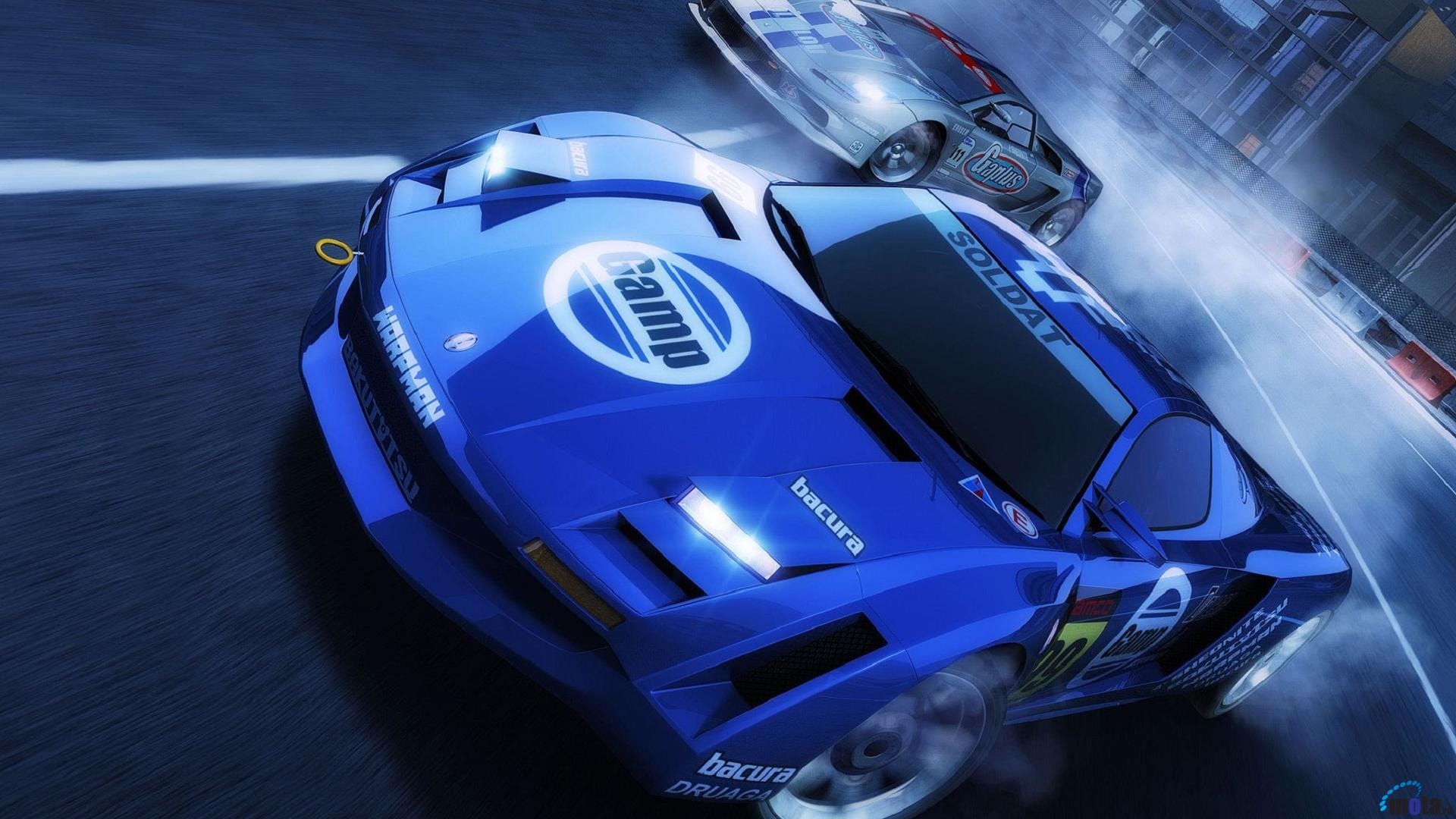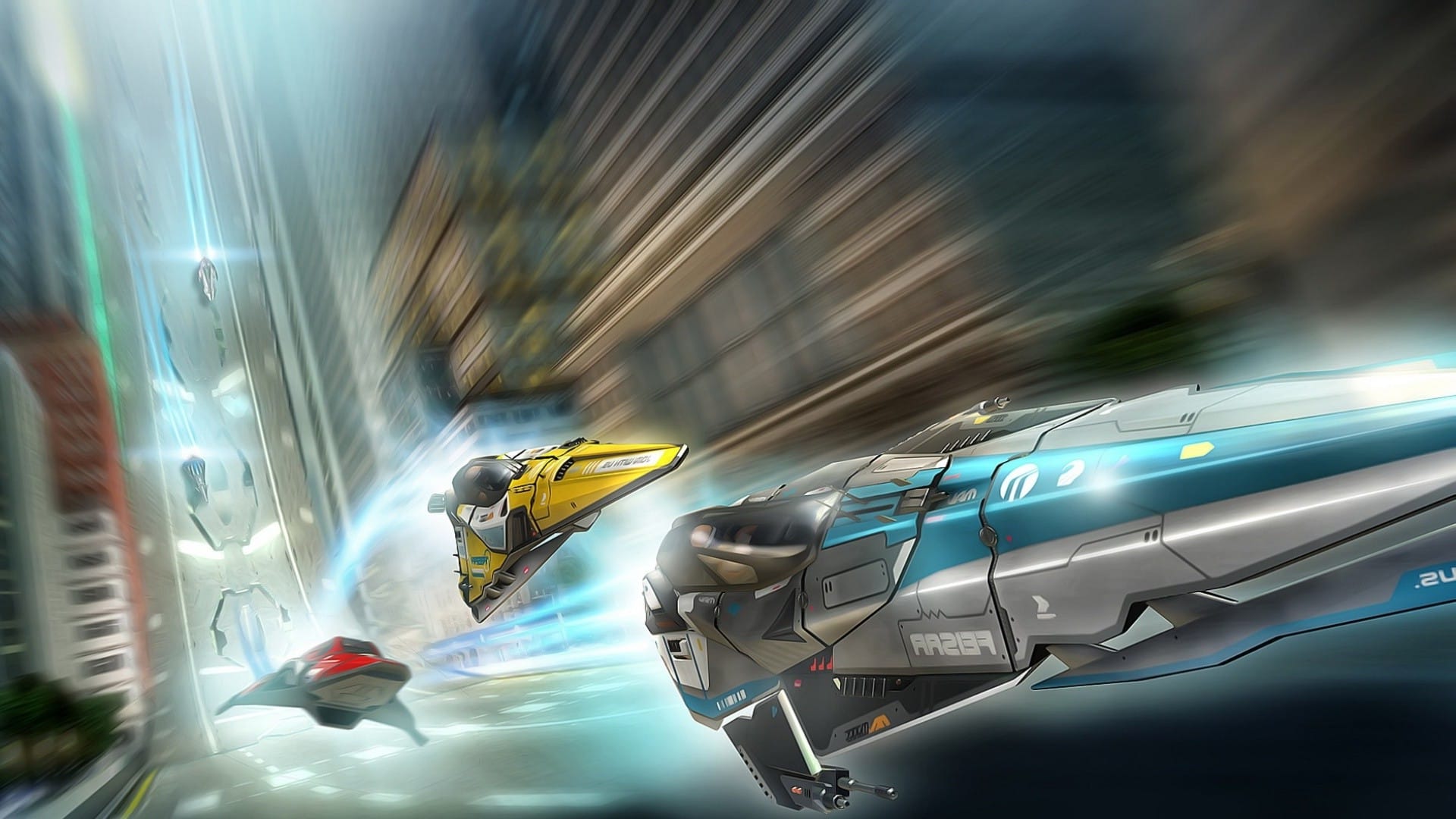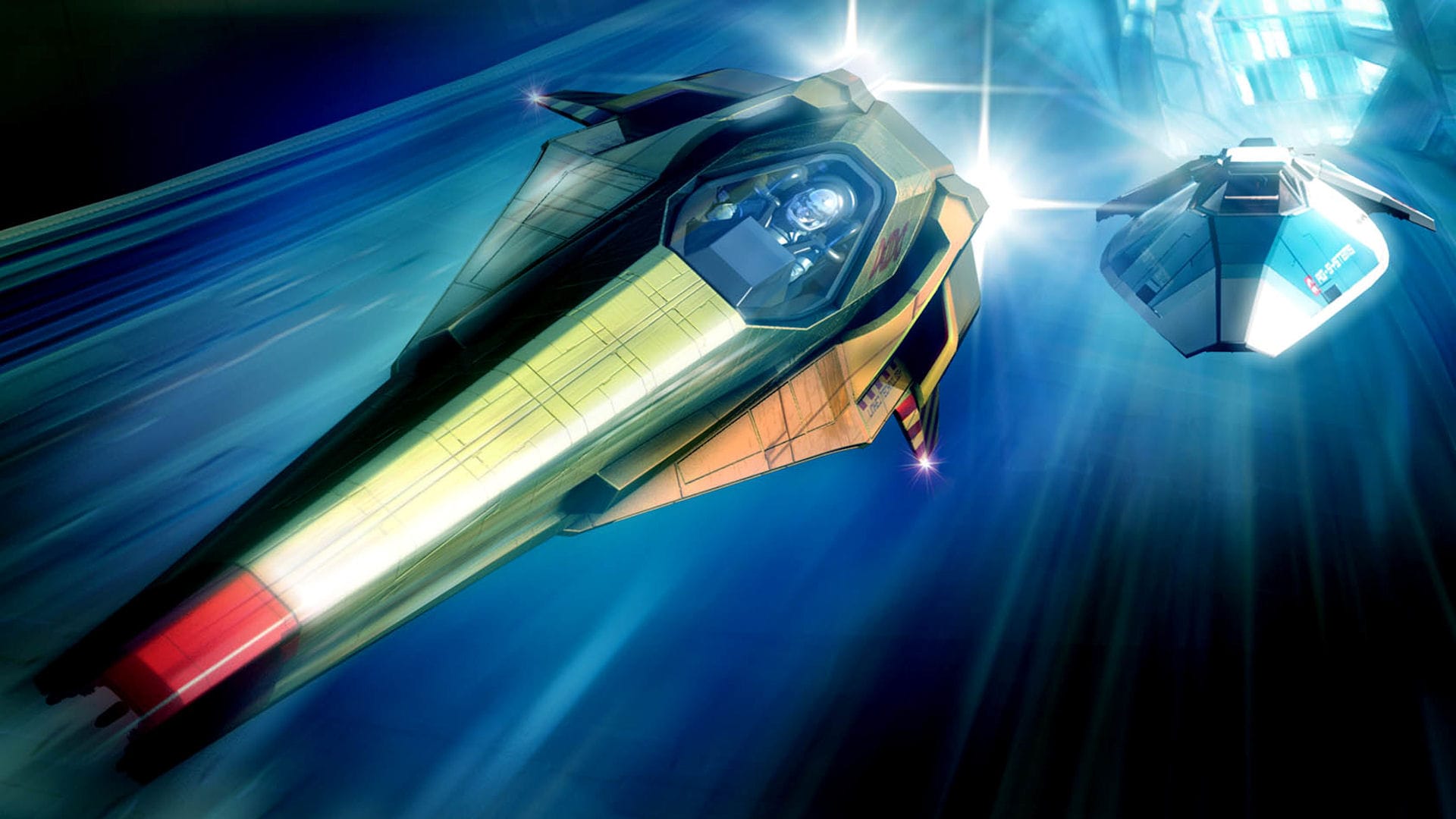In the mid-2000s, the gaming world witnessed a revolution in portable entertainment with the launch of the PlayStation Portable (PSP). At a time when handheld gaming was often seen as secondary to console gaming, the Sony PSP dared to blur the line between portable and home console experiences. With its sleek design, high-powered hardware, and multimedia features, the PSP redefined what a portable console could be, offering an experience that felt closer to a home console than anything that had come before.
We will explore the PSP’s journey from its ambitious launch to its lasting legacy, diving into its cutting-edge hardware, its impact on the handheld gaming industry, and the ways it continues to influence gaming today. From its UMD discs to its PSP-exclusive games, the PSP left an indelible mark on the gaming world.
A Bold New Challenger Steps Up
Sony’s journey into the handheld gaming space didn’t begin with the PSP—it started with a curious little experiment called the PocketStation. Released exclusively in Japan in 1999, this bite-sized device was Sony’s first attempt at portable gaming, though calling it a “gaming system” was a bit generous. But Sony had learned something valuable—gamers wanted portability.
Before the PSP-1000 was released, playing games on the go meant playing casual games such as Bejeweled on a Nokia phone or Pokemon on a Game Boy. While competitors like Sega’s Game Gear and Bandai’s WonderSwan had tried to carve out a niche, they were little more than minor speed bumps on Nintendo’s road to dominance.
For years, Nintendo had an iron grip on the portable gaming market. The Game Boy, the Game Boy Color, and, by 2001, the Game Boy Advance were untouchable. The technology needed to catch up. If Sony had attempted a PlayStation-branded handheld in the late ‘90s, they would have been stuck with bulky cartridges or primitive disc-based storage that couldn’t deliver the sleek experience they envisioned. But by the early 2000s, the tides were shifting.
Battery efficiency was improving. Optical media for portable devices was becoming more viable. Screens capable of displaying high-resolution 3D graphics were finally practical. Sony, fresh off the massive success of the PlayStation 2, saw an opportunity to bring the power of PlayStation gaming into a portable format—something no company had fully achieved at the time.
When Sony officially announced the PSP at E3 2003, the gaming world took notice. Ken Kutaragi, the “Father of PlayStation,” called it the “Walkman of the 21st century”—a bold declaration from a company that had already reshaped entertainment with its gaming consoles. The promise of a high-resolution widescreen display, powerful PSP graphics, and a disc-based format felt almost too ambitious.
Skepticism lingered. Some critics wondered if Sony was overestimating consumer demand for a high-end portable. Others questioned the practicality of the Universal Media Disc (UMD) format. And, of course, there was Nintendo, which had already announced the Nintendo DS—a dual-screen curiosity that seemed to emphasize innovation over raw power. The PSP vs Nintendo DS debate was just beginning.
Could a handheld device truly deliver console-quality experiences on the go?
But one thing was undeniable: the PSP was different. It exuded a level of prestige rarely seen in the handheld space. It wasn’t just about gaming—it was about lifestyle. About bringing the PlayStation experience into the palm of your hands. And when it finally hit store shelves, it was clear that Sony had created something special.
The PSP’s Arrival
Sony’s foray into the handheld gaming space didn’t just start with a bang—it ignited a firestorm. When the PlayStation Portable hit Japanese shelves on December 12, 2004, it was an instant phenomenon. With only 200,000 units available on day one, the PSP sold out in mere hours, leaving latecomers scrambling for any chance to snag one.
Retailers were overwhelmed. Preorders had already claimed the majority of stock, and those lucky enough to get their hands on Sony’s sleek new handheld were quick to showcase its jaw-dropping graphical prowess. Scalpers wasted no time. PSPs were being resold at absurd markups, and demand remained sky-high. But if Japan’s launch was an electrifying success, the rest of the world was about to experience something even wilder.
North America had to wait until March 24, 2005, for its chance, and by then, anticipation had reached fever pitch. Gamers camped outside retailers, eager to be among the first to experience Sony’s ambitious handheld. Within 24 hours, Sony had moved over 500,000 units in North America alone. It was a staggering figure, proving that the PSP wasn’t just a hit in Japan—it was a global sensation. And yet, it still wasn’t enough. Sony simply couldn’t manufacture units fast enough to meet demand, leading to shortages that frustrated eager buyers.
Europe had it even worse. The PSP didn’t land there until September 1, 2005—nearly nine months after Japan’s launch. By then, importers had made a killing selling Japanese and North American models at exorbitant prices to desperate fans who couldn’t wait. And when the European stock finally arrived, it too was quickly devoured by consumers. Sony had created the must-have gadget of the mid-2000s, and the world was eating it up.
Sony officially launched the PSP in Japan on December 12, 2004, followed by North America, Europe, and other regions in 2005. What made the PSP truly unique was how it didn’t play by the same rules as other handhelds. The Nintendo DS, which launched around the same time, appealed to a broad, family-friendly audience.
The PSP, in contrast, aimed for a premium gaming experience—a sleek, widescreen display, powerful 3D graphics, and a library of PSP games that felt closer to PlayStation 2 titles than traditional mobile games. With the PSP, Sony successfully challenged the perception that handheld gaming had to be a step down from consoles.
It wasn’t just a device for killing time on long trips; it was a full-fledged entertainment system in your pocket.
Early Standout Titles: Ridge Racer, Lumines, and Wipeout Pure
Of course, hardware alone doesn’t make a system legendary. A console—or in this case, a handheld—is only as good as its games. Thankfully, the PSP’s launch lineup had some absolute bangers.
Leading the charge was Ridge Racer, a franchise synonymous with PlayStation’s success. The PSP version was a love letter to arcade racing fans, featuring silky-smooth gameplay and a killer soundtrack. It was the perfect showcase for the system’s graphical muscle, with vibrant, detailed tracks that looked leaps and bounds beyond what the Game Boy Advance could offer. This was one of the best PSP games and a standout in the PSP racing games genre.
Then there was Lumines, a mesmerizing puzzle game from Tetsuya Mizuguchi, the mind behind Rez. It blended hypnotic electronic beats with a deceptively deep block-matching mechanic, creating one of the most addictive launch titles in gaming history. Many players picked it up as a curiosity, only to find themselves utterly hooked for months.
And let’s not forget Wipeout Pure, the blisteringly fast anti-gravity racer that proved the PSP could handle high-speed action without compromise. This wasn’t just another installment in the long-running franchise—it was a technological marvel, featuring stunning futuristic tracks, an incredible electronic soundtrack, and a silky-smooth performance. It also introduced PSP digital downloads (a rarity in handheld gaming at the time), expanding the game’s longevity with new ships and tracks long after release.
Hardware and Features: Innovation in Your Hands
First off, the PSP was incredibly powerful for a portable console. The PSP had a processor that was comparable to the PlayStation 2, which was a big deal at the time. Designed to bridge the gap between home consoles and portable devices, it packed cutting-edge hardware into a sleek, pocket-friendly form. At first glance, the PSP stood out with its sleek, futuristic design. But it wasn’t just about aesthetics—the console’s 4.3-inch TFT LCD widescreen display was a game-changer. With a 480×272 resolution capable of displaying 16.77 million colors, it delivered visuals far beyond anything handheld gamers had experienced before.
Beneath its stylish exterior, the PSP was a performance beast for its time. It featured a MIPS R4000-based 333 MHz CPU, paired with a 166 MHz graphics system—a setup that was light-years ahead of traditional handheld consoles.
This power allowed the PSP to deliver rich 3D environments, smooth animations, and dynamic lighting effects. Unlike previous handhelds, which relied on simpler sprite-based graphics, the PSP pushed real-time rendering, texture mapping, and directional color shading—giving games a level of polish that had only been seen on home consoles like the PlayStation 2.
Sony introduced a bold new format for the PSP with the Universal Media Disc (UMD). These compact optical discs could store full-fledged games, movies, and music, offering a unique, high-quality media experience. This meant that the PSP wasn’t just a gaming machine—it was a portable entertainment hub, allowing users to watch feature films, listen to music, and even view photos.
For expandable storage, the PSP supported Memory Stick PRO Duo cards, allowing players to store game saves, music, videos, and even digital downloads—a forward-thinking feature that laid the groundwork for future digital gaming ecosystems.
Sony also packed the PSP with an impressive set of connectivity options, making it a versatile device beyond gaming. It featured built-in PSP Wi-Fi (IEEE 802.11b), enabling players to engage in PSP online play, browse the web, and even download content from the PlayStation Store.
Here are other key features the PSP included:
- USB 2.0 support for easy data transfer.
- Built-in stereo speakers and a headphone jack for high-quality audio output.
- Multimedia playback for videos, music, and images, positioning the PSP as a portable media center.
At a time when smartphones were still in their infancy, the PSP offered a multi-functional experience that went beyond gaming, making it one of the most versatile handhelds of its era.
PSP-1000: The Original Powerhouse
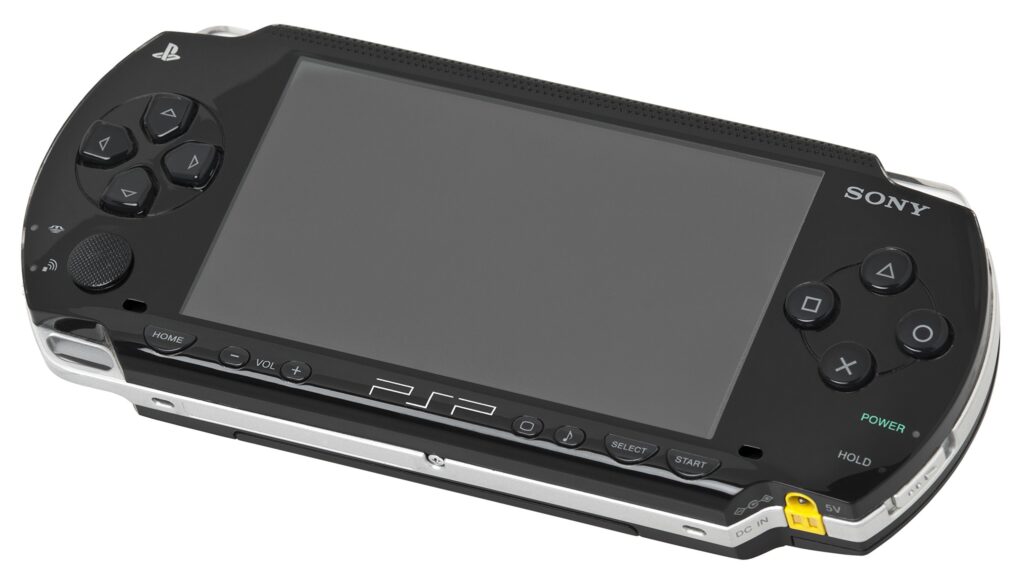
The PSP-1000, affectionately dubbed the “Phat” by fans, was a beast of a handheld. Released in Japan in December 2004 and rolling out worldwide in 2005, it was a statement piece. It didn’t just play games; it flaunted them with a crisp 4.3-inch widescreen display, near-PS2-quality graphics, and a sleek black chassis that felt futuristic in the mid-2000s.
But power came with trade-offs. The PSP-1000 was chunky, and a bit unwieldy, and its PSP battery life—while decent—was a far cry from Nintendo’s energy-efficient DS. Yet, despite its quirks, the original PSP was a success. It proved that a handheld could push boundaries and offer something beyond simple pick-up-and-play experiences.
Sony, however, wasn’t done refining its vision.
PSP-2000 & PSP-3000: Slimmer, Lighter, and Better Screens
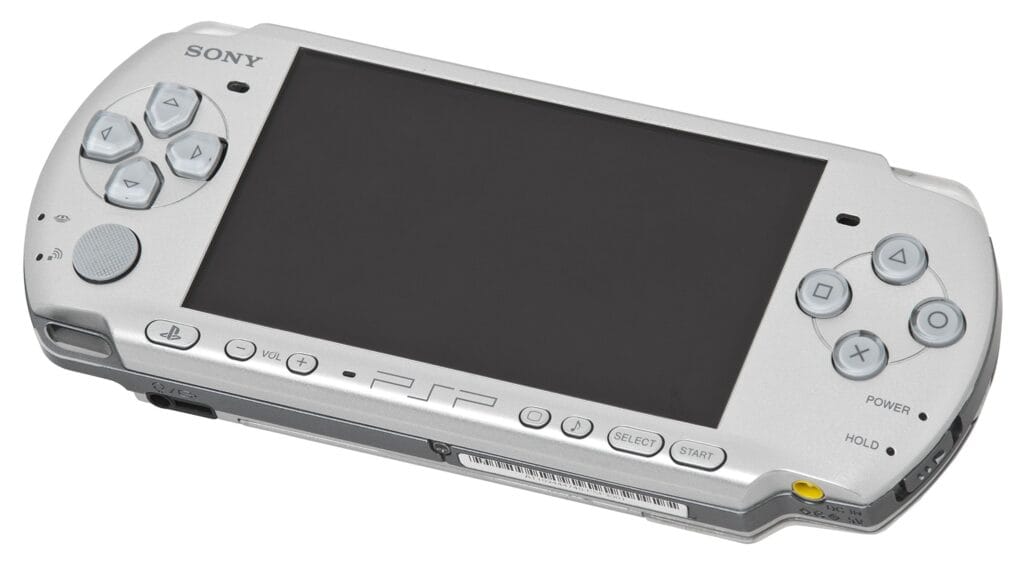
Enter the PSP-2000 in 2007. This was the revision fans had been waiting for. It was 33% lighter, 19% slimmer, and featured improved battery efficiency. Load times were cut thanks to additional RAM, and Sony even introduced a video-out function, letting players connect their PSP to a TV for a console-like experience.
Then, in 2008, the PSP-3000 took things a step further. While its physical design remained nearly identical, it boasted an improved LCD screen with better color reproduction and reduced motion blur. It wasn’t a revolutionary upgrade, but for those who hadn’t yet taken the plunge, it was the best version of the classic PSP experience.
Sony had successfully refined the hardware without compromising what made it special. But their next move? It was a gamble that no one saw coming.
PSP Go: A Digital-Only Experiment Ahead of Its Time

In 2009, Sony dropped a curveball with the PSP Go. It was radically different from its predecessors—smaller, sleeker, and, most controversially, entirely digital. Gone was the UMD drive. Instead, the PSP Go relied solely on PSP digital downloads from the PlayStation Store, a bold move at a time when physical media still reigned supreme.
It was ahead of its time. Too ahead, perhaps. While the design was undeniably stylish, featuring a slide-up screen that revealed the controls beneath, the execution had issues. Without a physical media option, existing PSP owners couldn’t use their old UMD collections. The digital-only model also meant gamers had to rely on Sony’s pricing, which didn’t always match the discounts found in brick-and-mortar stores.
The PSP Go was a vision of the future—one that the industry would eventually embrace with the PlayStation Vita, the Nintendo Switch, and even the rise of cloud gaming. But in 2009, the market wasn’t quite ready.
PSP Street: The Budget-Friendly Swan Song
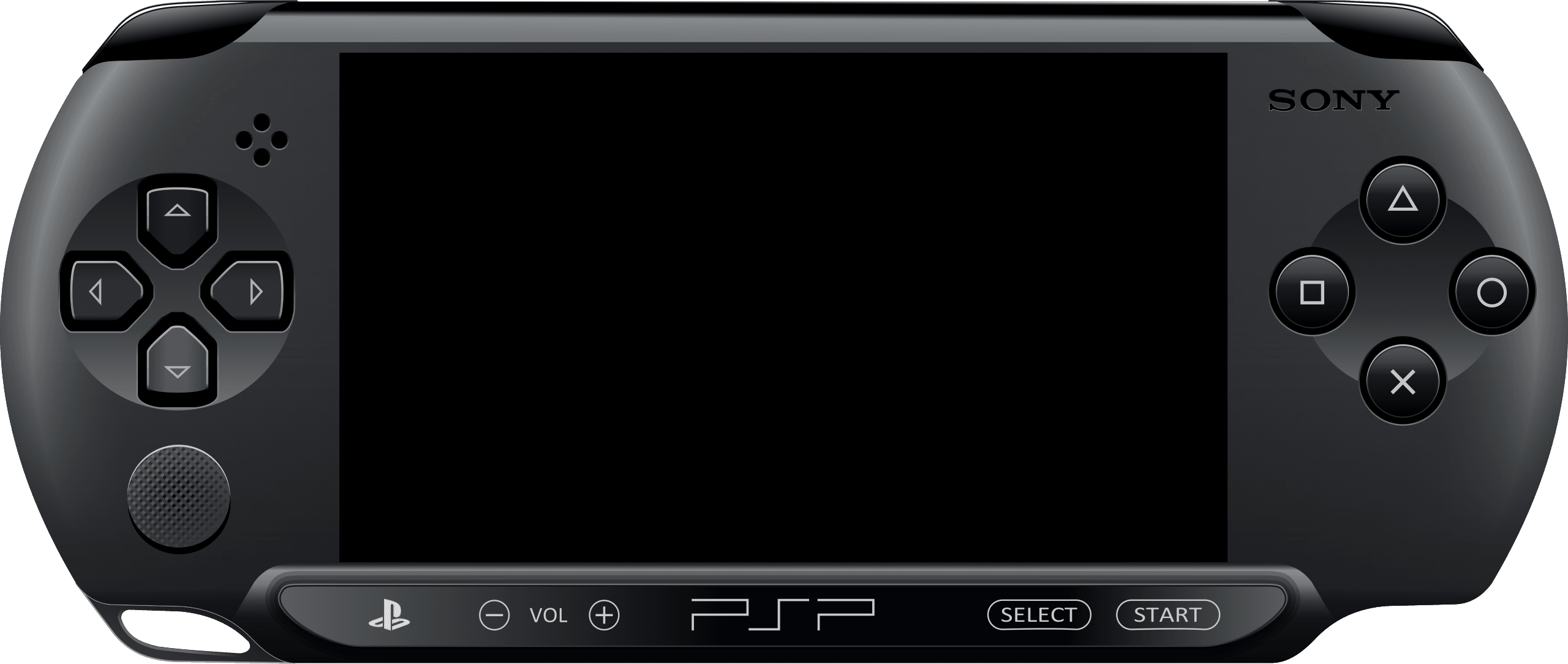
By 2011, the PSP’s era was winding down. Sony was gearing up for the PlayStation Vita, but they had one last trick up their sleeve: the PSP Street (E1000).
This was a no-frills, budget-friendly model designed for European markets. It stripped out PSP Wi-Fi functionality, had a cheaper build, and featured a single speaker instead of stereo sound. It was Sony’s way of making the PSP accessible to as many people as possible before the handheld rode off into the sunset.
While it lacked some of the premium features of earlier models, the PSP Street served its purpose. It was a sendoff to a handheld that had spent nearly a decade pushing boundaries and proving that portable gaming could be more than just a secondary experience.
Sony’s PSP had evolved, adapted, and experimented over its lifespan. Some ideas worked, others stumbled, but one thing was undeniable—it had changed the handheld gaming landscape forever.
The PSP’s Discontinuation
At its peak, the PSP was a dominant force in handheld gaming. It was embraced by mainstream gamers, hardcore PlayStation fans, and even casual users looking for a portable media powerhouse. The ability to play full-fledged PlayStation-quality games on the go was a revelation, making the PSP a must-have device for millions.
However, competition was fierce. The Nintendo DS, launched in the same era, took a different approach—focusing on affordability, innovative touch-based gameplay, and a more family-friendly audience. This strategy worked. The DS outsold the PSP significantly, partly due to its lower price point and massive library of accessible games. The PSP vs Nintendo DS rivalry was one for the ages.
By the early 2010s, the PSP’s influence had begun to wane. Competition, industry shifts, and Sony’s evolving strategies eventually led to its discontinuation in 2014.
The PSP’s Legacy and Lasting Impact
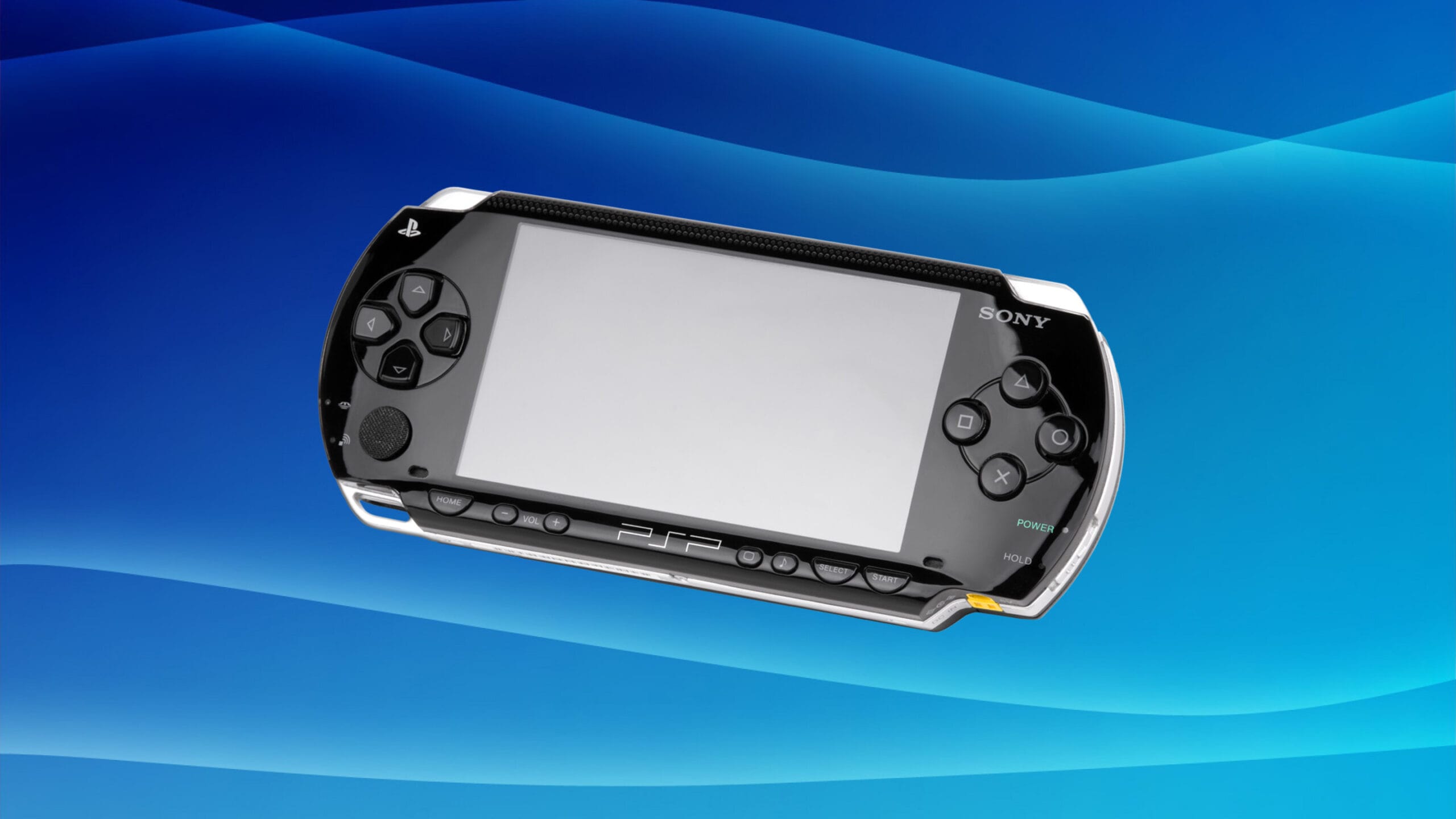
In many ways, the PSP was ahead of its time. It wasn’t just a gaming machine—it was a multimedia powerhouse. Long before smartphones made entertainment-on-the-go a given, the PSP was doing it all: playing movies, browsing the web, streaming music, and even offering early app-like experiences. Sony saw the future coming, even if it couldn’t fully capitalize on it.
The PSP’s influence on mobile gaming is undeniable. It proved that handheld gaming didn’t have to be limited to simplified experiences or pixel-art throwbacks. It could be immersive. It could be cinematic. It could offer the same level of storytelling and technical prowess as its console counterparts. Many of today’s mobile gaming trends—from high-quality ports of console games to robust digital storefronts—owe a debt to the groundwork laid by the PSP.
Even the Nintendo Switch, often seen as the king of modern handheld gaming, carries echoes of the PSP’s mission. A device that blends portability with console-caliber experiences? That was Sony’s dream long before hybrid gaming became the industry standard.
Despite being a product of the mid-2000s, the PSP refuses to fade into obscurity. If anything, it’s experiencing a renaissance among retro gaming enthusiasts. And for good reason.
For one, the hardware still holds up. The PSP’s screen may not be OLED, but its crisp, vibrant display still makes its library of games look fantastic. The controls remain comfortable, the build quality is rock solid, and its sleek design continues to impress.
Then there’s the library—one of the most diverse and underrated in gaming history. With games like Crisis Core: Final Fantasy VII, Wipeout Pulse, Daxter, Burnout Legends, and Dragon Ball Z Shin Budokai, the PSP delivered an absurdly good lineup. And thanks to its ability to play PSP PlayStation Classics, it doubled as a portable PlayStation archive, introducing a whole new generation to legendary titles.
And of course, there’s the modding scene. The PSP became a hacker’s paradise, with PSP homebrew software, PSP emulators, and PSP custom firmware transforming it into an all-in-one retro gaming machine. Even today, it’s one of the most mod-friendly handhelds out there, making it an essential device for collectors and tinkerers alike.
The PSP may no longer be in production, but its spirit lives on. Whether through the PlayStation Vita, mobile gaming, or the thriving retro scene, Sony’s first handheld left a mark that will never fade. And for a lot of us, it was our first taste of what portable gaming could really be.

